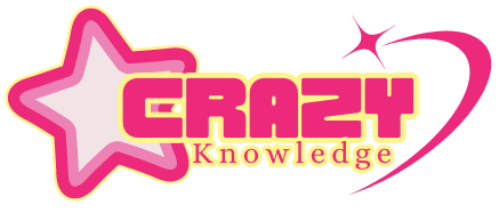Becoming a blogger involves several steps and requires dedication and consistency. Here’s a step-by-step guide to help you get started:
1. Choose your niche: Determine the topic or area you want to focus on for your blog. It could be anything you’re passionate about, such as travel, fashion, food, technology, or personal development. Selecting a niche will help you target a specific audience and establish yourself as an expert in that field.
2. Research and planning: Conduct thorough research within your chosen niche to identify your target audience and understand their needs and interests. Explore existing blogs and websites to gather inspiration and gain insights into successful blogging strategies. Create a content plan or an editorial calendar to organize your ideas and ensure a consistent flow of content.
3. Select a blogging platform: Choose a suitable platform to host your blog. Popular options include WordPress, Blogger, and Medium. Consider factors such as ease of use, customization options, and scalability. If you’re looking for more control and flexibility, self-hosted WordPress.org is a popular choice.
4. Set up your blog: Register a domain name that reflects your brand or niche. Choose a reliable web hosting service that can handle your blog’s traffic and provide good uptime. Install your chosen blogging platform and customize the appearance of your blog to align with your branding.
5. Create valuable content: Start creating high-quality, original, and engaging content that provides value to your target audience. Write well-researched articles, share personal experiences, provide useful tips, or create informative videos. Ensure your content is well-structured, easy to read, and visually appealing. Use images, videos, and infographics to enhance your posts.
6. Build an audience: Promote your blog through various channels to attract readers. Utilize social media platforms like Facebook, Twitter, Instagram, and LinkedIn to share your content and engage with your audience. Network with other bloggers and collaborate on guest posts or cross-promotions. Participate in relevant online communities and forums to establish yourself as an active and knowledgeable contributor.
7. Optimize for search engines: Learn the basics of search engine optimization (SEO) to improve your blog’s visibility in search engine results. Use relevant keywords in your blog posts, optimize meta tags and descriptions, and ensure your site has a fast loading speed. Create quality backlinks by guest posting on other blogs and engaging in link-building activities.
8. Monetize your blog: Once you have built a solid readership, you can explore monetization options. Popular methods include displaying ads through platforms like Google AdSense, affiliate marketing by promoting products or services and earning a commission for each sale, sponsored posts or brand collaborations, and creating and selling your own products or services.
9. Engage with your audience: Encourage interaction and engagement by responding to comments and emails from your readers. Create a sense of community by incorporating discussion forums or hosting live Q&A sessions. Regularly ask for feedback and suggestions to improve your content and provide value to your audience.
10. Continuously learn and adapt: Stay updated with the latest trends and changes in your niche and the blogging industry. Attend conferences, workshops, or webinars related to blogging to enhance your skills. Analyze your blog’s performance using tools like Google Analytics to identify areas of improvement and make necessary adjustments to your strategy.
Remember, building a successful blog takes time and effort. Stay consistent, provide value to your audience, and continuously work on improving your content and promoting your blog.

